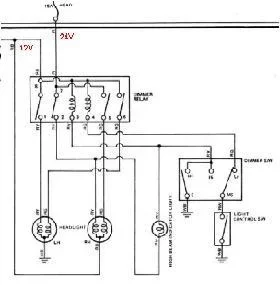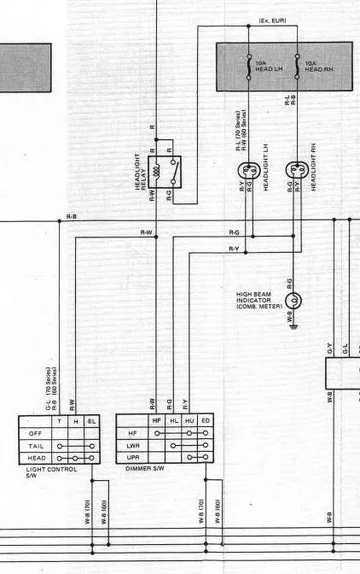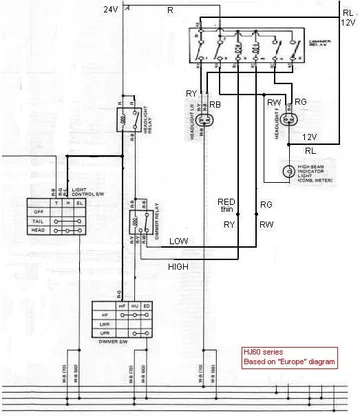- Thread starter
- #21
So the schematic does exist for these rigs. Thanks for posting that. Any chance of seeing a little more of the schematic? Like up and to the left? What you have posted is very helpful.
Thanks.
Thanks.







